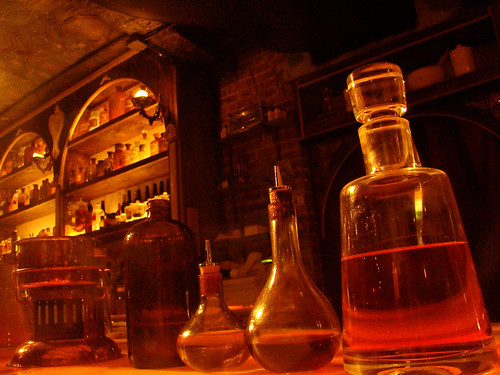 Chris asked a very important question in our post about why do people put scotch in decanters. He wanted to know why I suggested lead free crystal decanters instead of leaded crystal decanters, which are often heavier and sparklier (is that a word?). Leaded decanters are beautiful but they have one drawback – lead.
Chris asked a very important question in our post about why do people put scotch in decanters. He wanted to know why I suggested lead free crystal decanters instead of leaded crystal decanters, which are often heavier and sparklier (is that a word?). Leaded decanters are beautiful but they have one drawback – lead.
Is lead really dangerous? Only if you store the whisky, or other spirits or liquids, in the decanter for longer periods of time. The lead can leach into the spirit and ingesting it is not safe. According to The Nibble, the leaching of lead is must faster than you’d guess.
Researches stored port wine in lead crystal decanters and detected 89 micrograms (per liter) after 2 days and 2,000 – 5,000 micrograms after four months. White wine doubled its lead content within an hour and tripled within four. Brandy stored in lead crystal had around 20,000 micrograms of lead after five years.
The EPA’s lead standard in drinking water is a mere 50 micrograms per liter.
The Nibble says that it’s safe to use leaded crystal while you eat – to decant into (but not store), to drink out of, and to serve out of. The key is that you cannot store anything in them or you’ll run the risk of exposing yourself to lead.
Personally, I’m happy to skip it. Why expose yourself in the first place?
